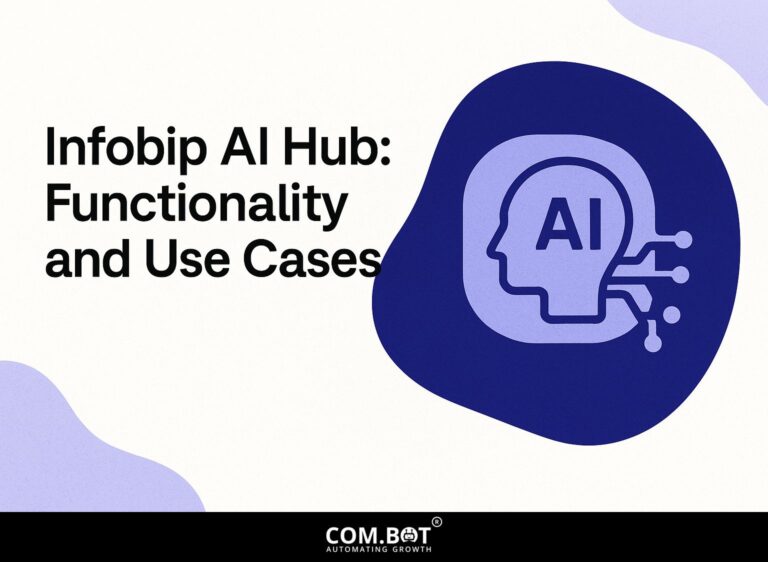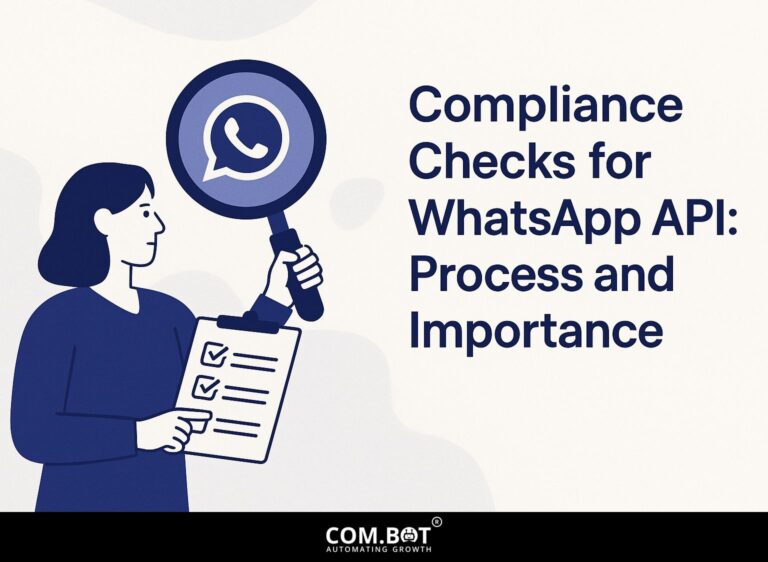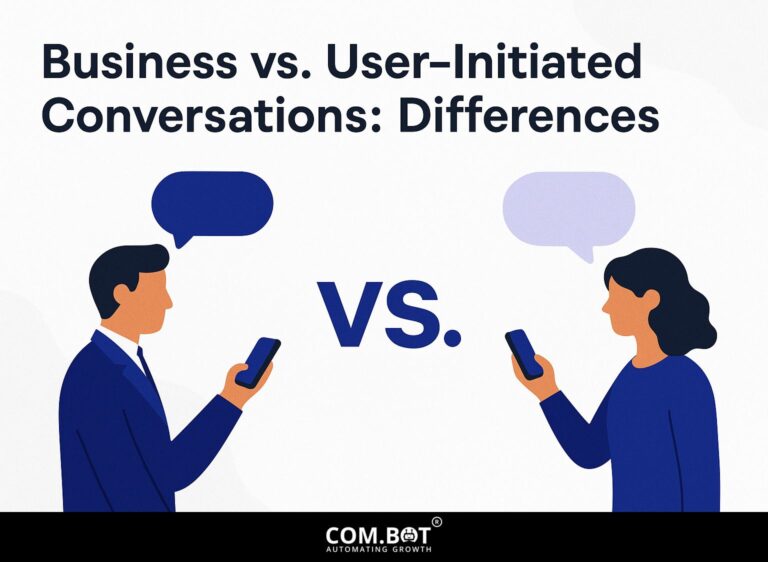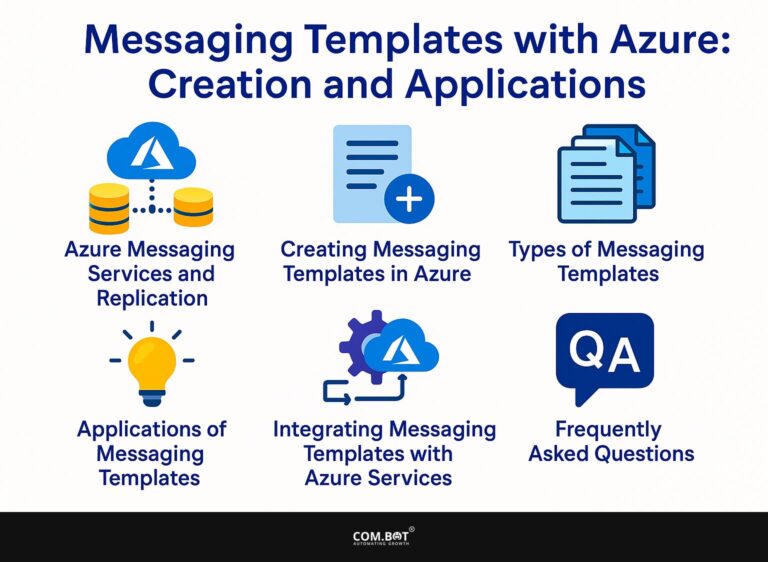AI-Powered Business Chat: Dashboard Features and Global Reach
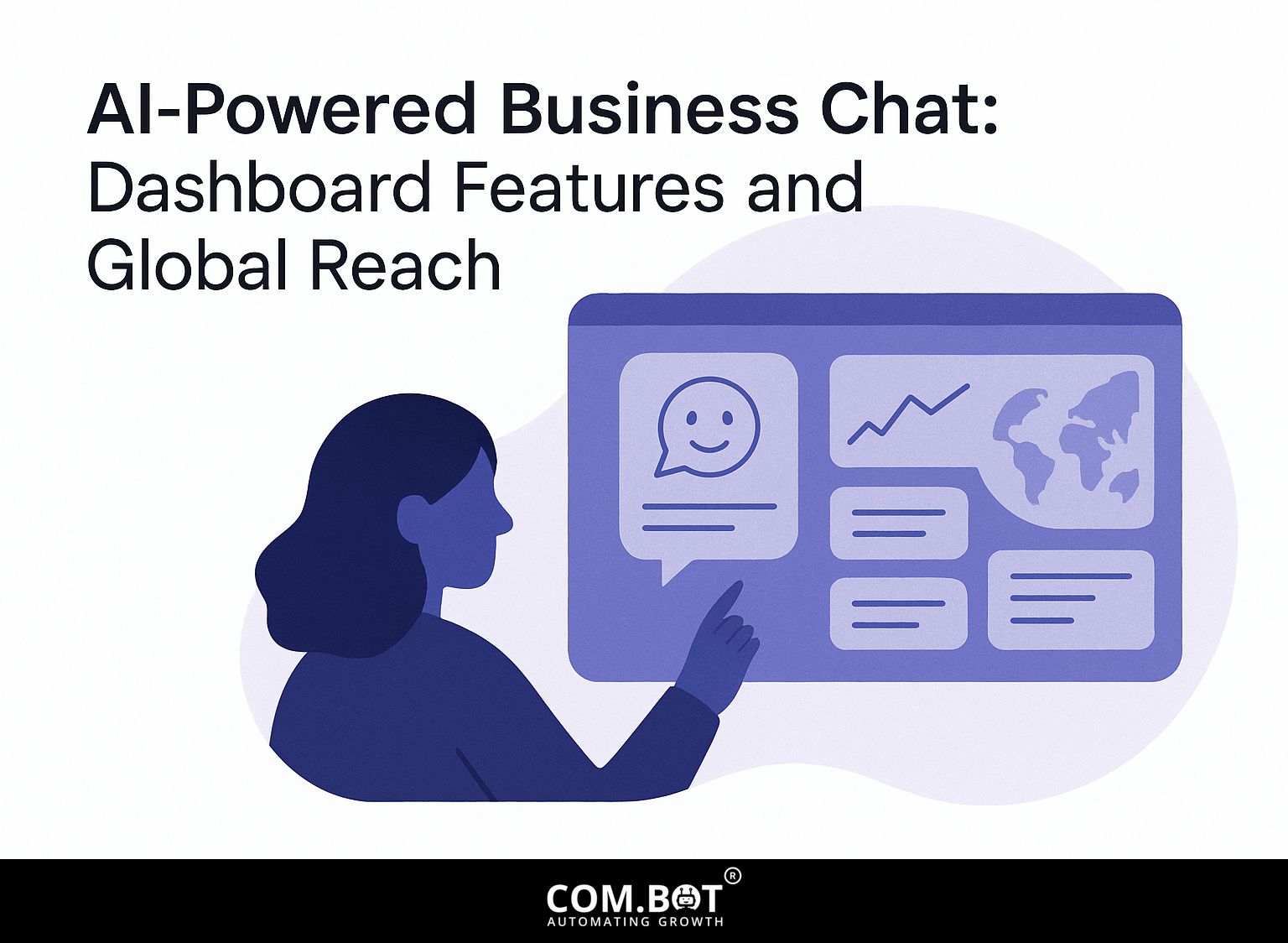
In today’s fast-paced world, AI-powered business chat solutions are revolutionizing how organizations communicate and analyze data. These tools have easy-to-use dashboards that make analyzing business data simpler, offering live information to help make better choices. This article looks at main dashboard features, integration options, and the worldwide availability of AI chat solutions, focusing on their role in improving how well operations run. Learn how your business can use these innovations to stay competitive in the market.
Key Takeaways:
- AI-driven business chat provides an easy and effective method for companies to interact with their clients, using modern technology to make user experience better and expand market presence.
- The main dashboard features of AI-driven business chat offer an easy-to-use interface, detailed analytics, and connection with current systems, making it a strong tool for businesses to handle customer communication.
- AI-powered business chat can connect with people all over the world by offering support in multiple languages and adjusting to different cultures to communicate well with customers everywhere.
- 1 AI Business Chat Adoption Statistics
- 2 Core Dashboard Features
- 3 Integration with Existing Systems
- 4 Global Reach and Localization
- 5 Security and Compliance
- 6 Upcoming Changes in AI-Driven Business Communication
- 7 Frequently Asked Questions
- 7.1 1. What is AI-Powered Business Chat?
- 7.2 2. What are the dashboard features of AI-Powered Business Chat?
- 7.3 3. How does AI-Powered Business Chat improve global reach?
- 7.4 4. Can I integrate AI-Powered Business Chat with other business tools?
- 7.5 5. Is AI-Powered Business Chat suitable for all types of businesses?
- 7.6 6. How does AI-Powered Business Chat handle customer data and privacy?
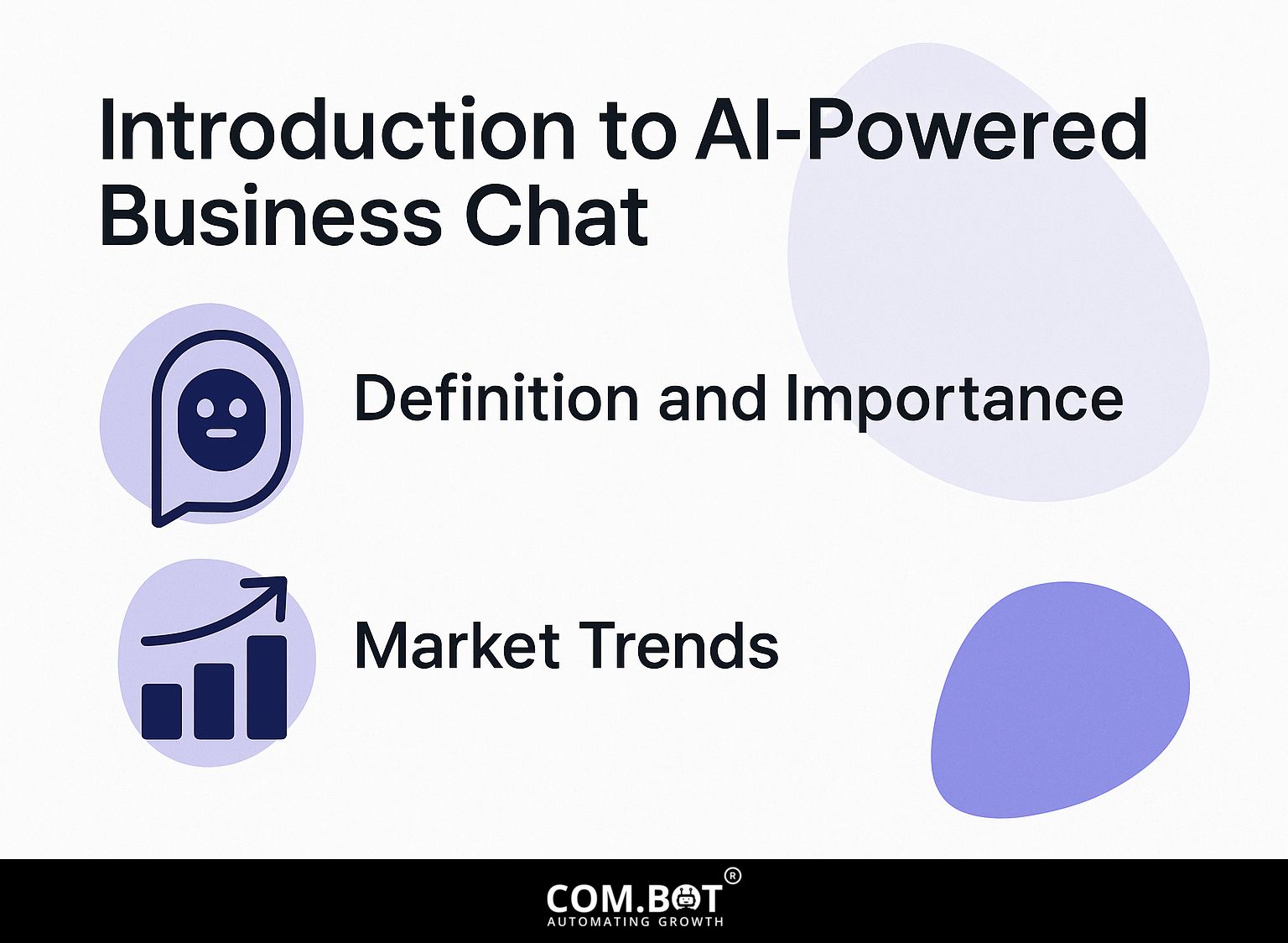 1. Definition and Importance
1. Definition and Importance
AI-powered business chat means using artificial intelligence to improve communication with users and make customer service more efficient. These tools, such as Drift and Intercom, provide instant responses to customer inquiries, significantly reducing wait times.
For example, Drift uses AI chatbots to engage visitors on your website, capturing leads and booking meetings automatically. Intercom uses machine learning to customize replies according to how users act.
By integrating these systems, businesses can improve customer satisfaction and achieve higher efficiency. Setting them up often requires minimal coding knowledge, allowing teams to focus on strategy while the AI handles routine queries.
2. Market Trends
The AI-powered business chat market is projected to grow from $1.5 billion in 2021 to $6.5 billion by 2026, driven by advancements in SaaS and increased demand for customer support automation.
Companies are using AI chat solutions more often to make customer service simpler. Key players like Zendesk and HubSpot have integrated AI capabilities, improving response times and overall customer satisfaction.
Zendesk’s Chatbot uses machine learning to predict what customers need, solving problems 30% faster. Tools like Intercom can improve communication through customized messages and strengthen your support approach.
To stay competitive, create a plan that uses these platforms for easy communication wherever you interact with customers.
AI Business Chat Adoption Statistics
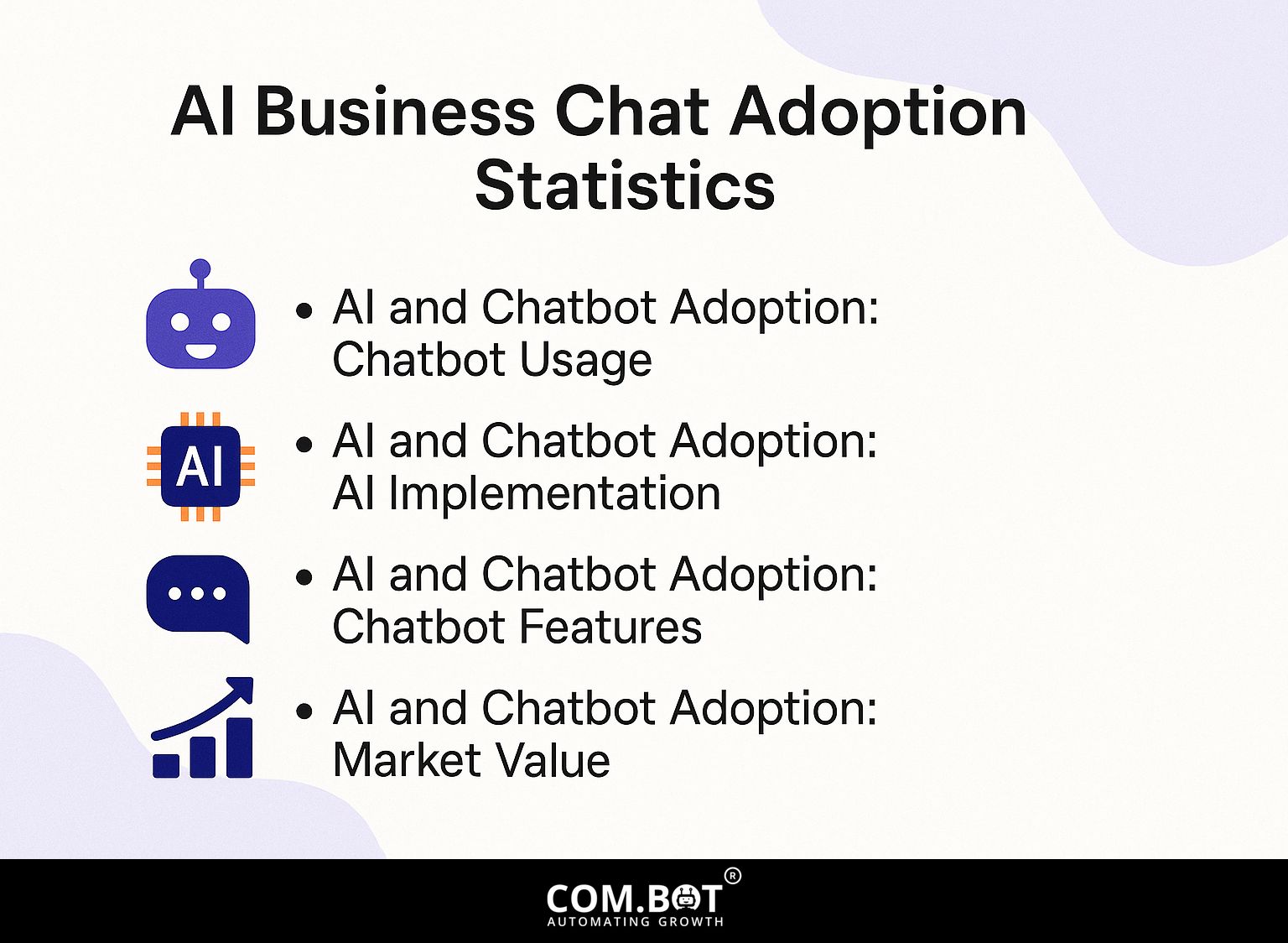
AI and Chatbot Adoption: Chatbot Usage
AI and Chatbot Adoption: AI Implementation
AI and Chatbot Adoption: Chatbot Features
AI and Chatbot Adoption: Market Value
The AI Business Chat Adoption Statistics This shows how businesses use AI and chatbots to improve customer service and run operations more effectively. The data emphasizes the growing integration of AI technologies across various sectors, highlighting their impact on customer interactions, service preferences, and market value.
AI and Chatbot Adoption metrics reveal 19% of businesses integrating chatbots, an indication of their rising popularity as tools for streamlining communication and reducing workload on human agents. The data also points to a significant 30% savings in customer support costs, showcasing the economic benefits of chatbots in reducing the need for extensive human customer service teams.
- Millennials and Chatbots: With 40% of millennials using chatbots daily, there’s a clear generational shift towards digital engagement. The familiarity millennials have with technology increases the need for quick, computer-based support services.
- AI Implementation: The data shows 100% AI usage in customer interactions, with 80% of inquiries resolved by AI, illustrating AI’s effectiveness in handling a wide range of customer queries without human intervention.
- Chatbot Features: Preferences for 24-hour service (66%) and quick replies (55%) highlight the need for immediate and continuous service availability. Additionally, 37% of consumers using chatbots for emergencies Shows their dependability and confidence in critical times.
The Market Value of chatbots is projected to reach $9.56 billion by 2025, indicating substantial growth potential. Moreover, anticipated $8 billion in cost savings reinforces the financial advantages of adopting chatbot technology.
Overall, the AI Business Chat Adoption Statistics show how AI and chatbots change things Companies that use these technologies can improve customer happiness, save a lot of money, and stay ahead of competitors in a world that is becoming more digital.
Core Dashboard Features
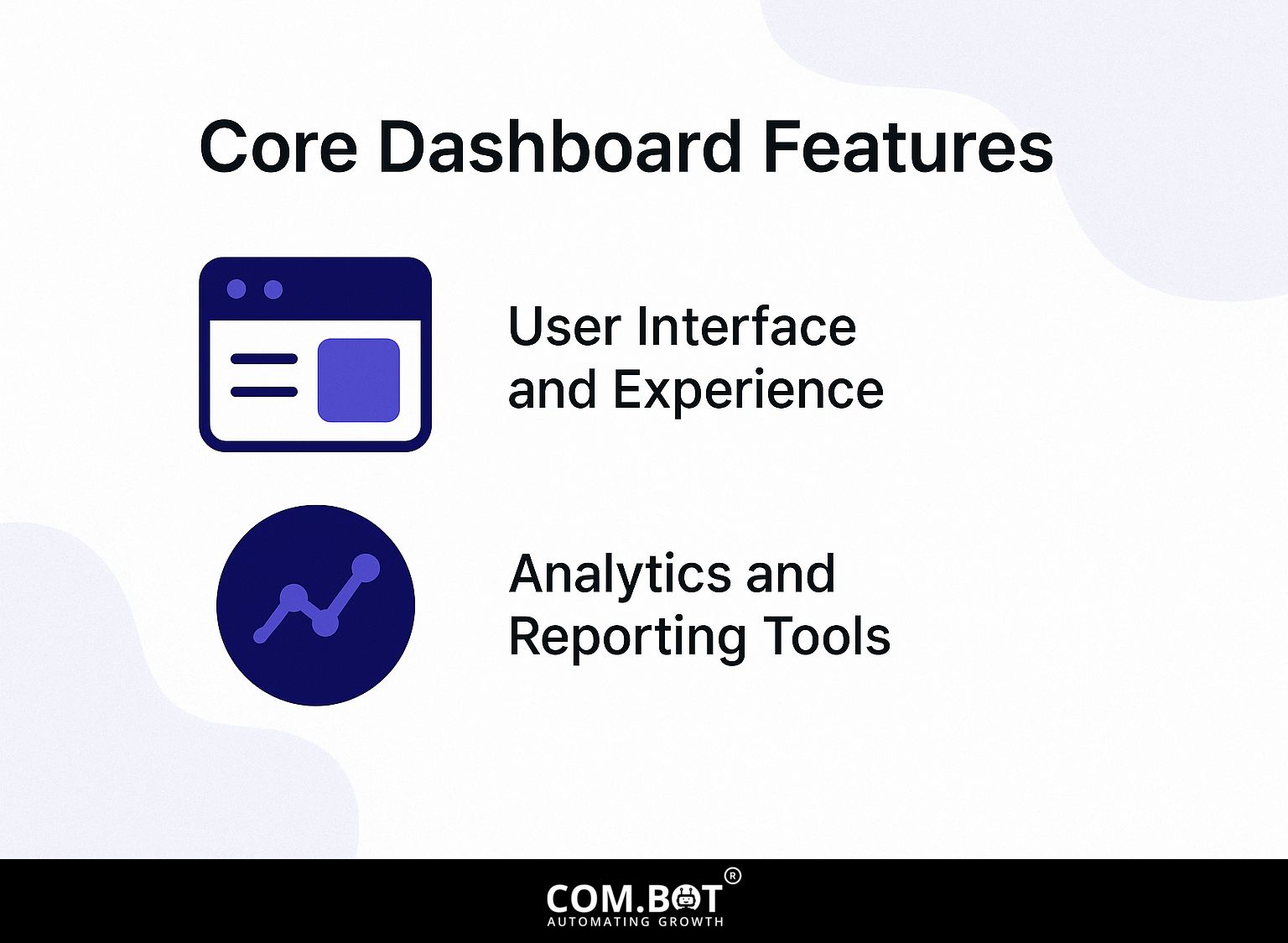
A successful AI-based business chat dashboard should have important features that improve user interaction and offer useful information through data visualization. For those interested in enhancing these dashboards, exploring the Com.bot Conversational Analytics Dashboard provides valuable insights into advanced features and analytics capabilities.
1. User Interface and Experience
A user-friendly interface is critical for AI-powered business chat solutions, as it directly influences user engagement and satisfaction levels.
To create a simple interface, use clearly marked menus and a tidy design so users can find information easily. Use responsive design methods to make sure your site works well on all devices. You can test this with tools like BrowserStack.
Personalization choices, like user profiles or changing themes, improve the experience and help users feel more linked to the interface. Tools like Figma simplify design and allow testing with real users. This helps confirm the interface functions properly before launch.
2. Analytics and Reporting Tools
Powerful tools for analyzing and reporting are essential for grasping customer interactions and enhancing service in AI-driven business chat solutions. Google Analytics and Tableau are powerful tools to connect with your chat platform.
To start, set up Google Analytics by creating an account and implementing tracking codes into your chat system. This will show information about how users interact, such as how long they stay and how often they leave quickly. Next, use Tableau to visualize conversation flows by connecting it to your chat database.
Focus on specific KPIs such as conversion rates or response times to monitor performance and identify areas for improvement. This mix gives a complete look at how customers engage with us.
Furthermore, understanding scalability and efficiency in high-volume scenarios is crucial for optimizing these AI-driven tools-our insights on managing high volume with AI bots can provide additional strategies.
Integration with Existing Systems
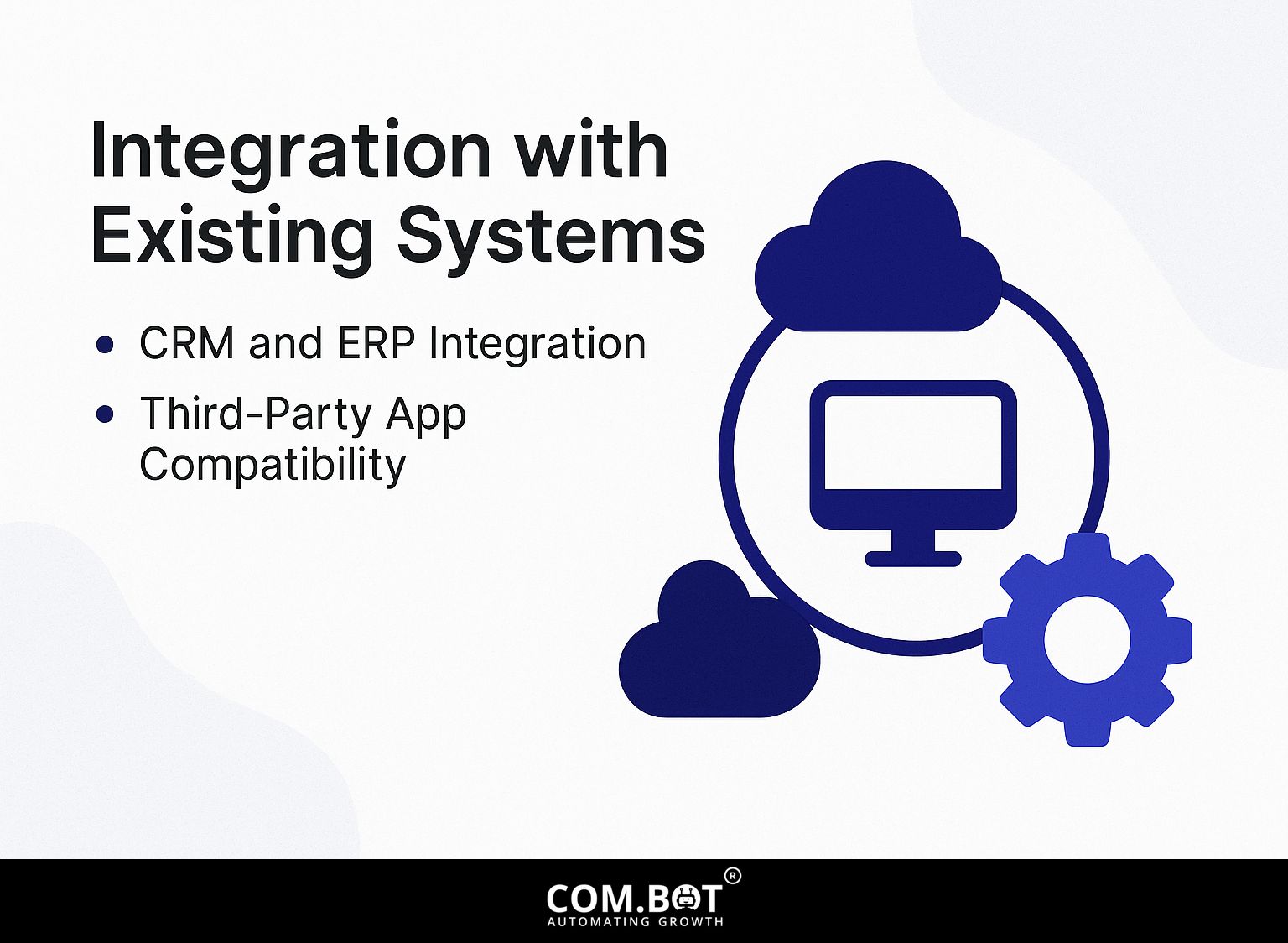
For the best results, AI-driven chat solutions for businesses should work smoothly with existing systems like CRM and ERP, allowing for easy data exchange and simplified operations.
1. CRM and ERP Integration
Linking AI-based business chat with CRM and ERP systems helps companies use detailed customer data to offer personalized experiences. To integrate chat solutions with HubSpot and NetSuite, start by using their APIs to establish connections.
For HubSpot, retrieve customer data by setting up webhooks that trigger chat responses based on user actions. In NetSuite, use SuiteTalk for easy communication with the chat system.
Monitor key metrics such as response times, aiming for reductions of at least 30%, and track customer retention rates, looking for improvements of 10% or more post-integration. These measurements will help you evaluate your system’s performance, ensuring it reacts promptly and meets your customers’ requirements.
2. Third-Party App Compatibility
Linking these chat solutions with other apps can improve AI business chats, making them better for communicating with customers.
For example, Zapier can link your chat tool with more than 2,000 apps to handle tasks automatically, making processes easier.
Mailchimp connection lets you create personalized email campaigns with chat data, increasing user engagement. With CRM tools like HubSpot, customer details are kept current across various platforms, providing a full view of customer actions. These integrations make operations smoother and better for users, helping businesses to handle customer questions quickly and easily.
Global Reach and Localization
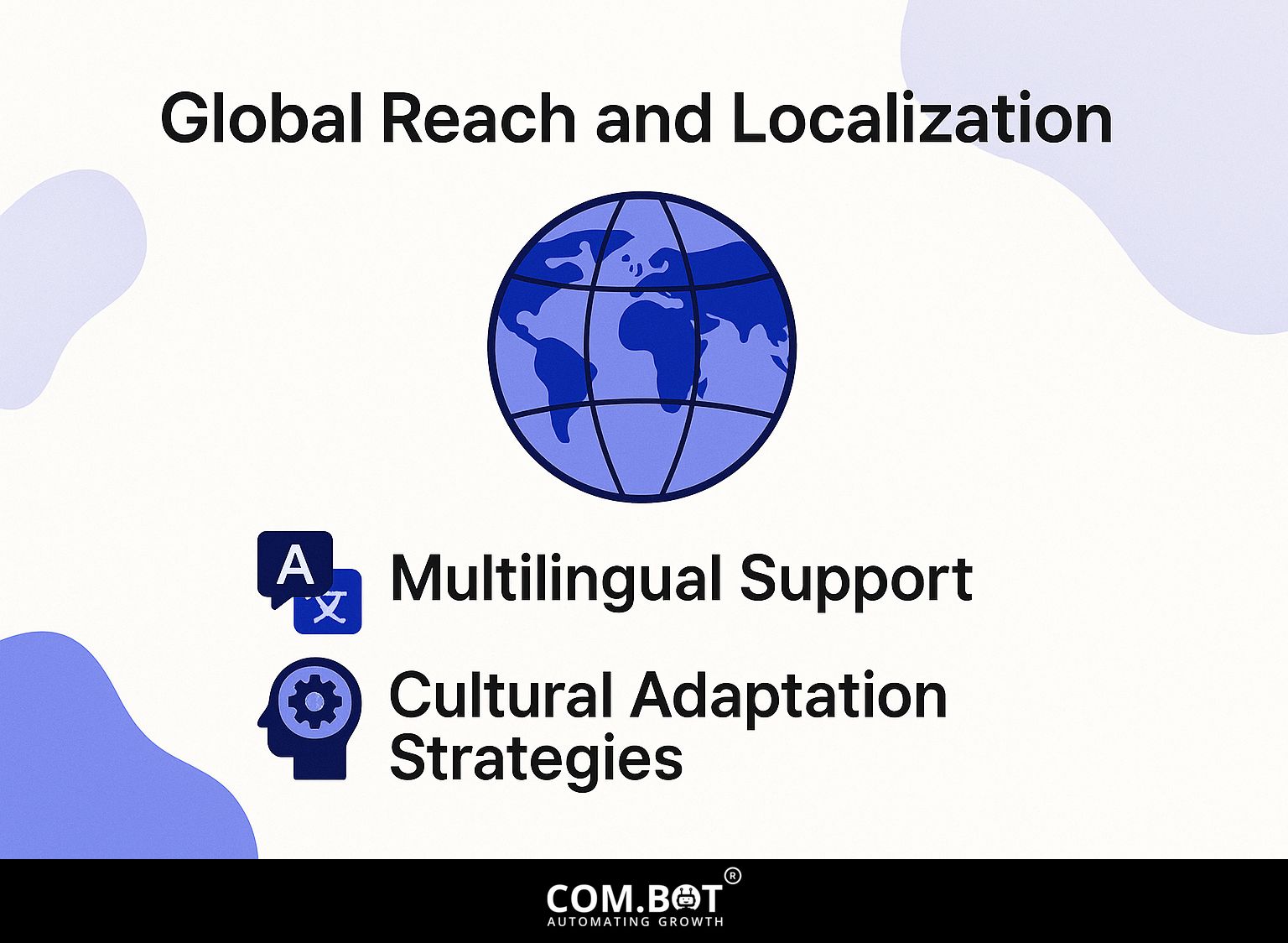
AI-based business chat systems should aim for broad accessibility and adjust to local preferences to effectively serve different customer groups in different regions. If interested, you might appreciate our comprehensive guide on AI WhatsApp Bots: Definition, Benefits, and Use Cases.
1. Multilingual Support
AI tools for business chats can make user experiences better by providing customized conversations for different customer groups and enabling communication in multiple languages.
To implement multilingual support effectively, consider using language detection algorithms to identify user language preferences automatically.
Use translation APIs such as Google Translate or Microsoft Translator to translate text instantly. This combination allows you to serve international customers seamlessly.
Establish success metrics such as user engagement rates and customer satisfaction scores post-implementation to measure impact. Companies that used this method saw customer retention increase by 30% and reported higher satisfaction, highlighting the value of personalized interactions.
2. Cultural Adaptation Strategies
Figuring out how to connect with different cultures is important for AI business chat to talk properly with different customer groups and build brand loyalty. To successfully adjust to different cultures, start by studying how people in the area communicate and what they like.
For instance, a company like Uniqlo tailors its marketing messages based on local trends, often using simpler language in markets like Japan while adopting a more formal tone in the U.S.
Using tools like Sprinklr can help study customer reactions, guiding changes in wording and subject emphasis. Think about hiring local professionals or cultural advisers to make sure your messages connect genuinely in various markets.
Security and Compliance
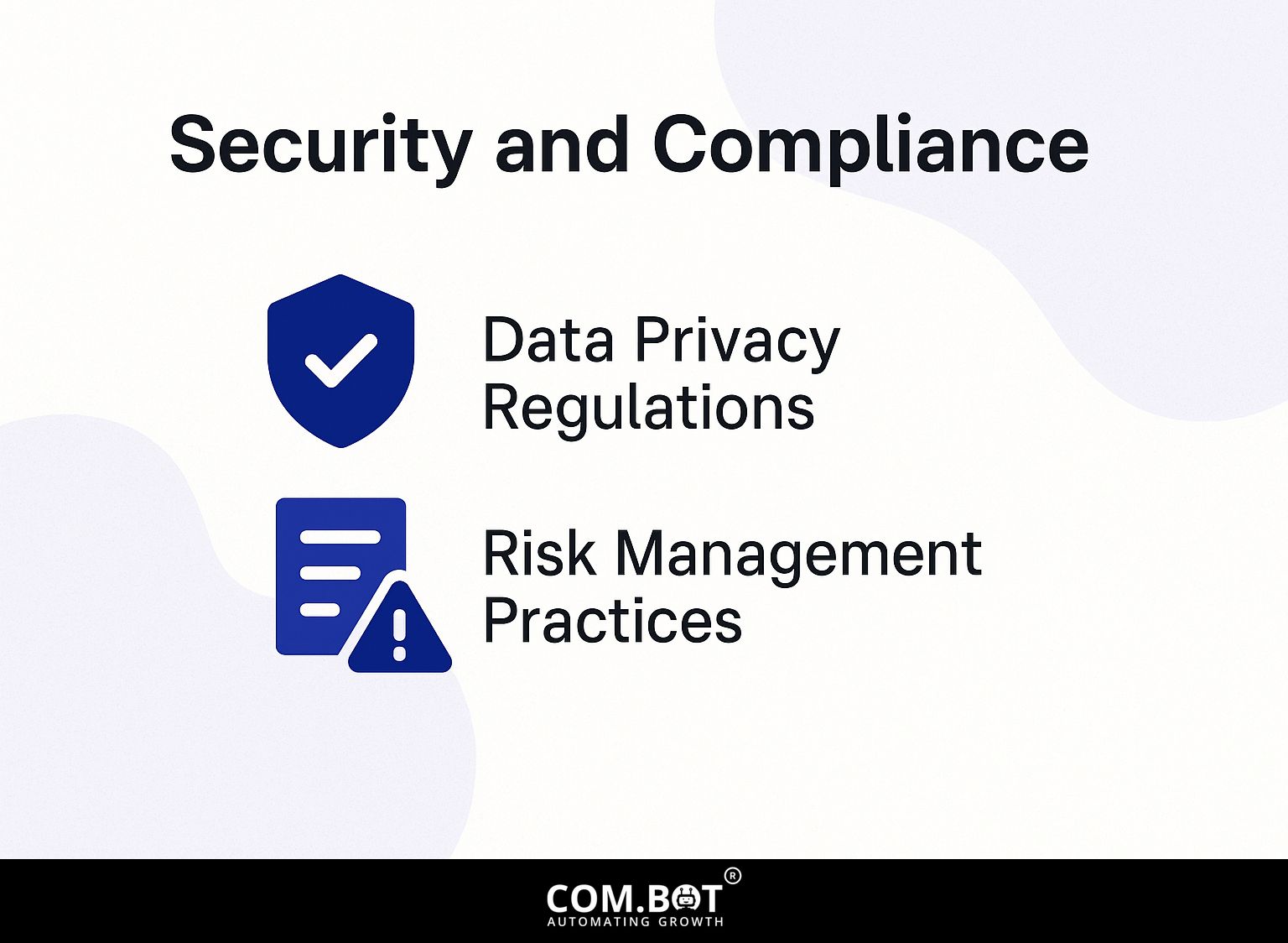
Businesses using AI chat services need to focus on security and compliance. It’s important to follow data privacy laws to keep user information safe.
1. Data Privacy Regulations
Knowing data privacy laws like GDPR and CCPA is essential for companies using AI chat systems to prevent legal issues (see also: WhatsApp Business: GDPR Compliance and Security).
To follow the rules, include privacy-focused methods from the beginning. Begin by performing a data evaluation to spot possible dangers related to private information.
Next, implement secure user consent mechanisms, ensuring that users understand how their data will be used. Regularly audit your systems for compliance, and stay updated on changing regulations.
Remember that violating GDPR can lead to fines up to 4% of global annual income, and ignoring CCPA can result in significant charges. This highlights the importance of strictly following these rules.
2. Risk Management Practices
Using strong risk management techniques is important to reduce possible security risks linked to AI business chat systems.
Regularly check your systems for security weaknesses by performing security audits. Provide user training on data privacy, emphasizing the importance of safeguarding sensitive information.
Consider utilizing tools like RiskWatch for compliance management, which helps monitor and assess risks in real-time. Applying these techniques will improve your security strategy and encourage employees to be more mindful, reducing the chance of security incidents.
Upcoming Changes in AI-Driven Business Communication
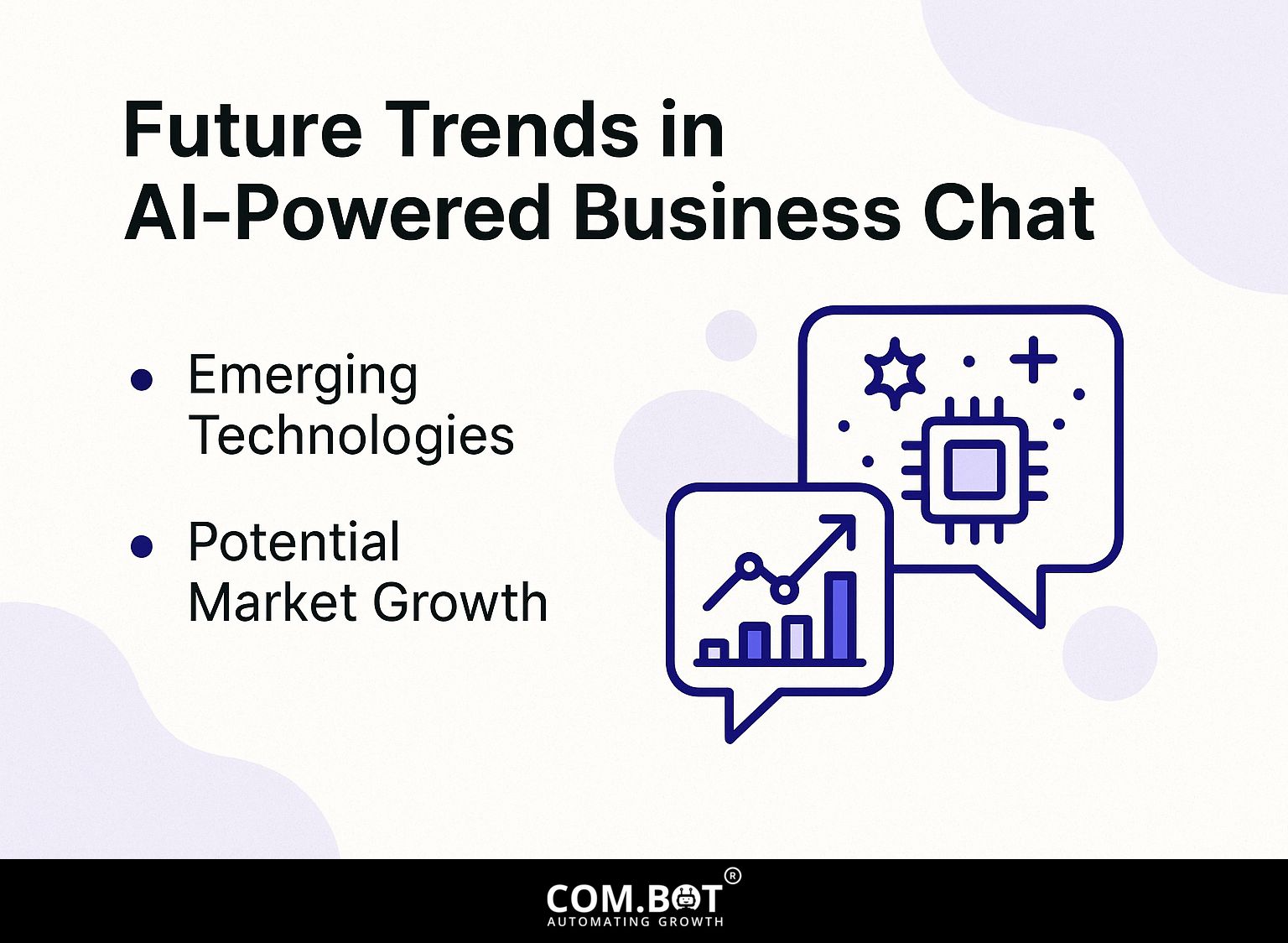
AI-powered business chat is growing due to new technologies and changing customer needs, leading to major market growth and new ideas.
1. Emerging Technologies
New technologies like advanced machine learning and natural language processing will greatly improve AI-based business chat features.
For example, companies like Zendesk and Intercom are using platforms like GPT-4 to improve customer interaction with realistic and relevant conversations. These tools use machine learning to identify what users want and create suitable replies.
Companies can set up AI chatbots with tools like Rasa or Dialogflow, which provide adjustable templates and natural language processing features. Performance can be monitored using analytics tools like Google Analytics or Mixpanel, enabling continuous improvement of interaction quality based on user feedback.
2. Potential Market Growth
Predictions show that the market for business chat tools using AI might grow significantly, with an expected average increase of over 30% each year until 2026. This faster pace offers a big chance for businesses to improve how they help customers.
For instance, implementing AI chatbots can reduce response times by up to 80%, allowing customer inquiries to be handled instantly. Popular platforms like Zendesk and Drift offer user-friendly integrations, enabling businesses to adopt
AI without large upfront investments. Using analytics tools like Google Analytics can help assess interaction and change plans, so companies stay competitive and take advantage of this changing market trend.
Frequently Asked Questions
1. What is AI-Powered Business Chat?
AI-Powered Business Chat is a communication tool that uses artificial intelligence to improve and simplify business communication.
2. What are the dashboard features of AI-Powered Business Chat?
The AI-Powered Business Chat dashboard includes live chat, grouping customers, automatic replies, and options to change the look and feel.
3. How does AI-Powered Business Chat improve global reach?
AI-Powered Business Chat uses language translation and cross-platform compatibility to facilitate communication with customers from different countries and platforms.
4. Can I integrate AI-Powered Business Chat with other business tools?
Yes, AI-Powered Business Chat offers integration options with popular business tools such as CRM systems and project management software.
5. Is AI-Powered Business Chat suitable for all types of businesses?
AI-Powered Business Chat can be adjusted to fit the needs of businesses of all sizes and types, making it useful for many different businesses.
6. How does AI-Powered Business Chat handle customer data and privacy?
AI-Powered Business Chat follows strict rules for data privacy and includes security measures to protect customer information and keep it private.
